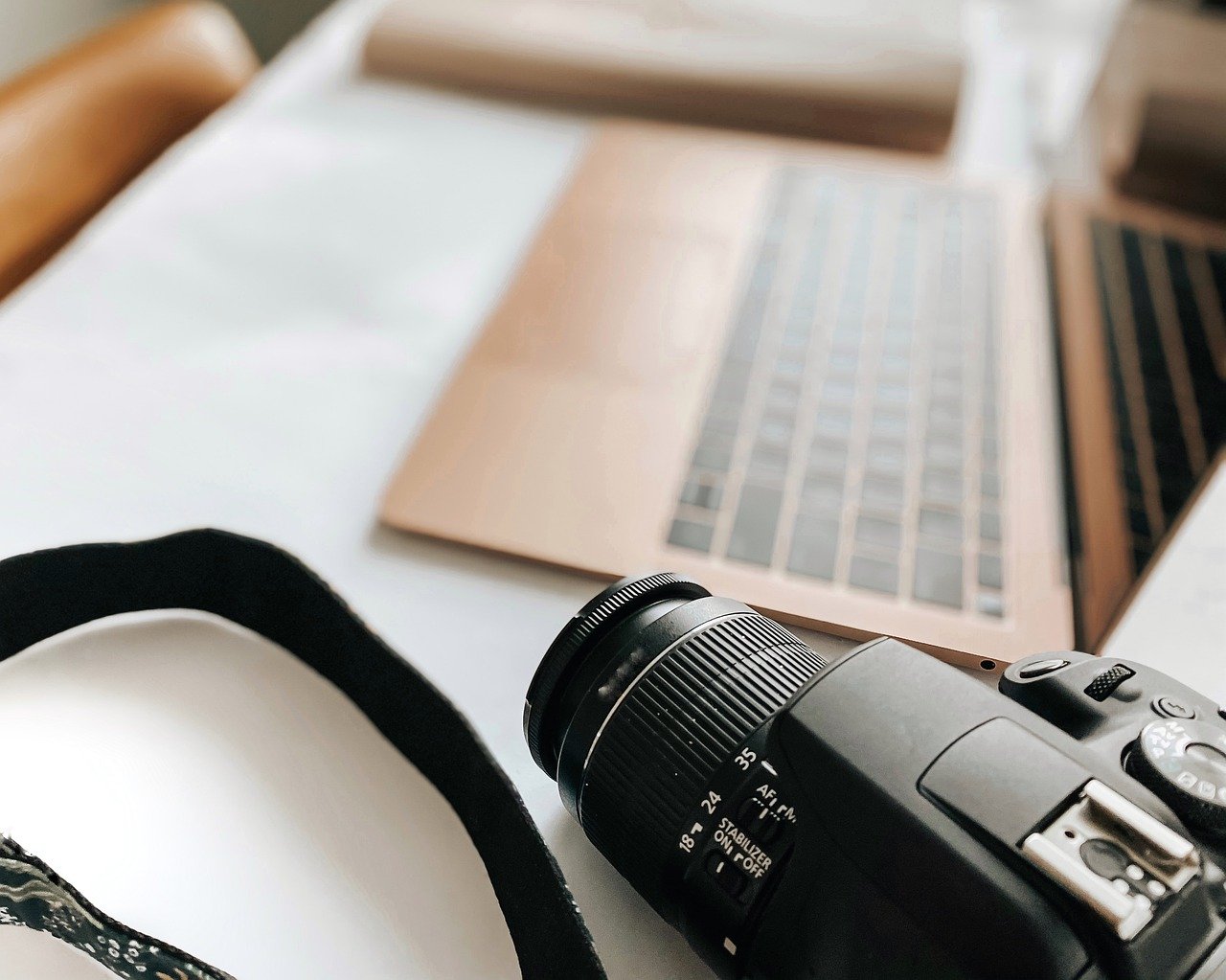The appearance and design of an e-commerce site play a major role in its success.
But beyond that, you need to showcase the products you’re selling if you want to convince buyers.
There’s no better way to do this than with quality photos.
Visitors can then get a better idea of what the product looks like and how good it is.
Having good photos of your products is therefore essential to trigger the act of buying.
But it’s not as easy as all that to produce quality photos that are suitable for e-commerce.
Here are a few tips to help you do just that.
The right equipment… or the right professional
In order to get great photographs, you need a great camera.
Even though smartphones have made great strides in recent years, digital cameras still produce the best images.
A few technical reminders
Beyond the quality of the equipment, you need to master it, as well as the techniques involved in taking pictures.
You need to be familiar with the notions of shutter speed (exposure time), aperture diameter and ISO sensitivity.
The aperture will determine not only the brightness of the photo, but also the depth of field.
With a large aperture, the photo will be brighter, but the background will be blurred.
A smaller aperture will let in less light, but the photo won’t have any blurred areas.
It’s all a question of balance, depending on the object to be photographed.
Shutter speed determines how long the photo will be exposed, i.e. how long the diaphragm will be open to capture the image.
When photographing a product, a slower shutter speed with a smaller aperture is more appropriate.
Finally, ISO sensitivity is used to adapt to light conditions when taking photos.
A high sensitivity will be used when light levels are low.
Beware, however, that the higher the sensitivity, the greater the chance of “grain” appearing.
Calling in a professional
If you haven’t mastered all these notions of photographic technique, perhaps it’s best to call in a professional photographer.

If you need to take a lot of photos of e-commerce products, and your catalog is growing very regularly, buying a quality camera can be a good investment.
You’ll still need to master its use and all the concepts discussed in the previous paragraph.
If you need to take a lot of product photos, you’ll need to learn.
If, on the other hand, you only need to take a few product photos, it will be more cost-effective to go directly to a professional photographer who can provide you with quality shots.
1- Preparing for the shoot
A photo shoot costs money, whether you do it yourself or not.
You need to spend as little time as possible to get the best possible result.
There’s no secret to this: the photo shoot must be prepared in advance.
Start by checking all your products to be photographed.
Look out for the slightest imperfection, as these could distort the judgement of visitors to your e-commerce site.
Of course, no labels or stickers should be visible.
The product is at the center of the image.
So it’s best to avoid unnecessary decoration and accessories that could distract attention from the product.
Keep it simple: the star is the product.
2- Use a suitable background
A curved white background is ideal.
The background will enable the white balance to be set correctly, so that the photo will be of better quality.
The curved background gives a better rendering of volumes.
You’ll be able to highlight your products more effectively.
There are tables on the market specially designed for this purpose.
These are ideal for small to medium-sized objects.
If, on the other hand, you need to take photos of larger objects, you can use a large sheet of white paper and ensure that it is held in place.
You can also invest in a white backdrop.
The investment is higher, but will pay off if you take a lot of photos of e-commerce products.
3- Stabilizing the camera
Even if you feel like you’re standing still while shooting, you run the risk of getting blurry or poor-quality photos.
So don’t neglect camera stability.
Using a tripod is undoubtedly the best way to achieve optimum camera stability.
Even at slow shutter speeds, you’ll still get a sharp picture.
To make sure the camera doesn’t move when you take the picture, you can also use a timer.
Simply pressing the button to take the photo may cause the camera to move slightly.
A timer that triggers the shot after two or three seconds ensures a better-quality photo.
4- Take several photos of each product
A single photo is rarely enough to convince a visitor to order.
They don’t have the opportunity to handle the product and look at it from every angle, as they would in a store.
So you need to provide them with as much information as possible.
Take photos of your e-commerce product from the front, back, sides, top, bottom, zoom in on a detail.
Generally speaking, you need at least four photos to get a better idea of the quality and finish of a product.
If the product is worn by a model, make sure it fits perfectly.
Cheat a little for the photo if you have to, by adjusting a garment with pins or changing the angle slightly, for example.
Put the product in a situation.
Place it in a concrete setting.
In a room if it’s a piece of furniture, for example.
The aim is to help potential customers identify with the product and imagine themselves holding it in their hands.

5- Don’t hesitate to retouch photos
It’s rare to get the perfect shot, even with the right equipment and a professional photographer.
Don’t hesitate to retouch photos when necessary.
The objective is always the same: to highlight the product.
But don’t overdo it either.
The best is the enemy of the good.
Reworking the background, removing shadows to better highlight the product, is fine.
On the other hand, if the photo retouching is visible, it will be a negative marker for the customer, who may think that you have to use this technique to sell.
Removing the background enhances the product.
It’s more visible, the details are apparent.
The eye cannot be diverted and the visitor’s attention is focused on the product.
An e-commerce specialist at your side
Thanks to my many years of experience in e-commerce, I can help you build and put online a photographic directory of your products.
Please do not hesitate to contact me to discuss your e-commerce store projects.


